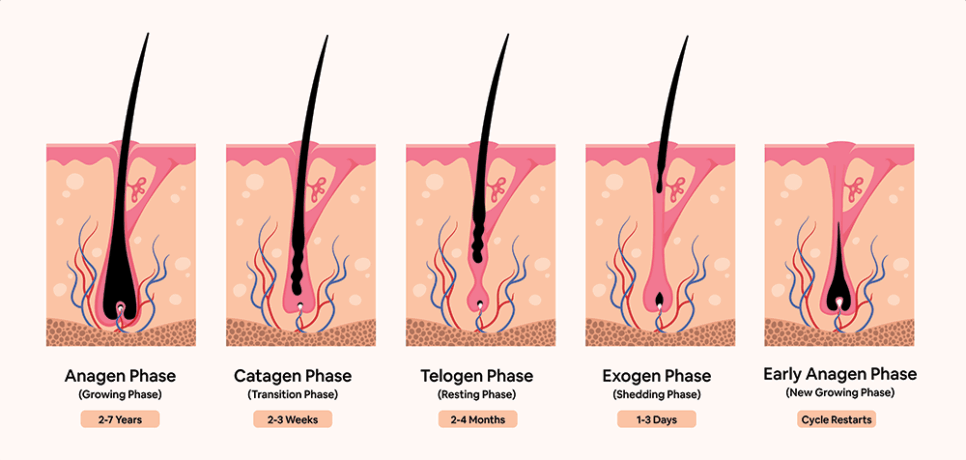Understanding Finasteride Shedding: Impacts on Hair Growth Explained
If you’ve recently started taking finasteride, you may have noticed that your hair looks slightly thinner than normal. You may naturally be wondering if finasteride is causing further hair loss instead of stopping it?


Written By Chemist Click
Reviewed By Pharmacist Abbas Kanani
Last updated on 19th May 2025 • 7 minute read


